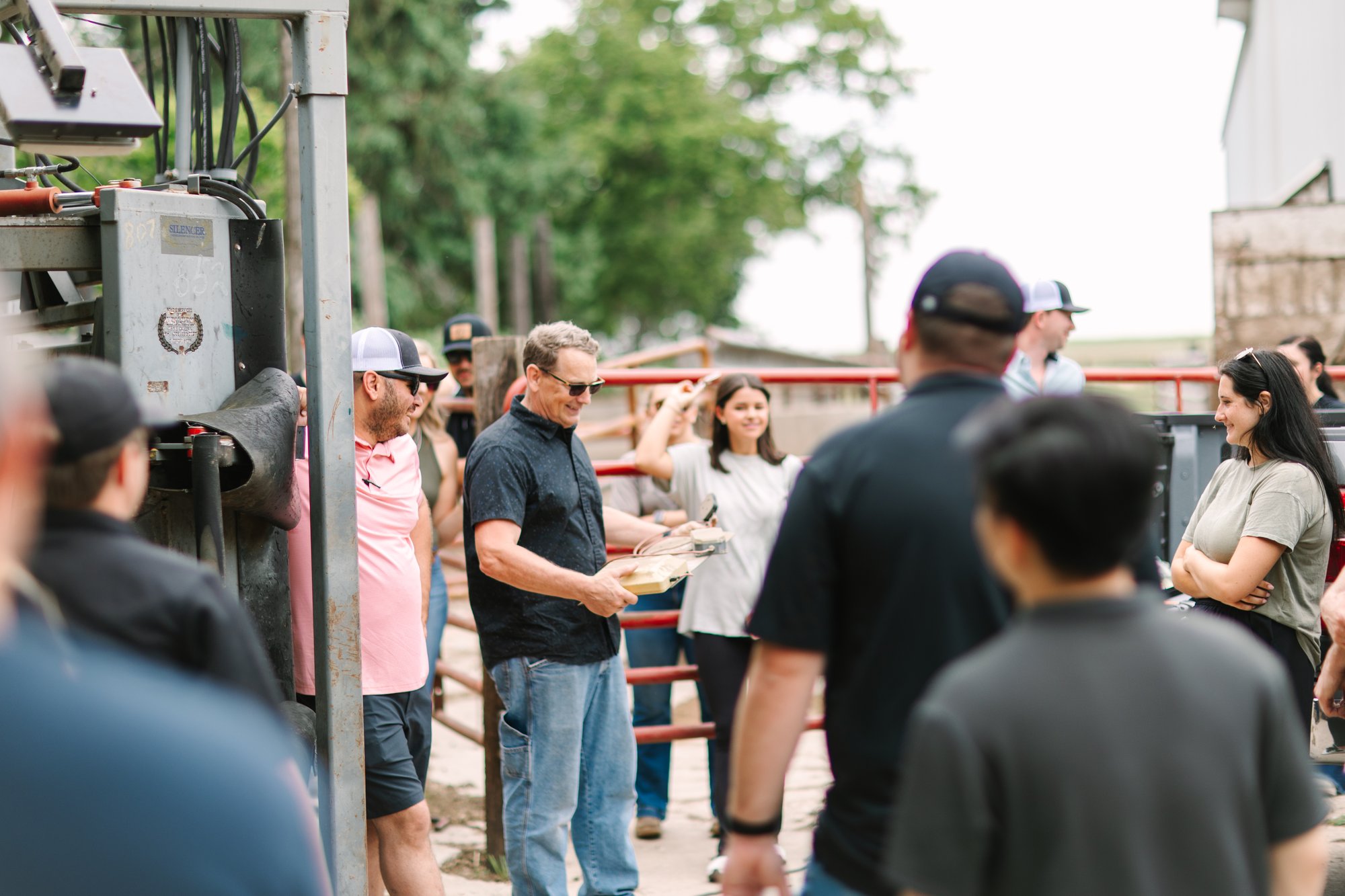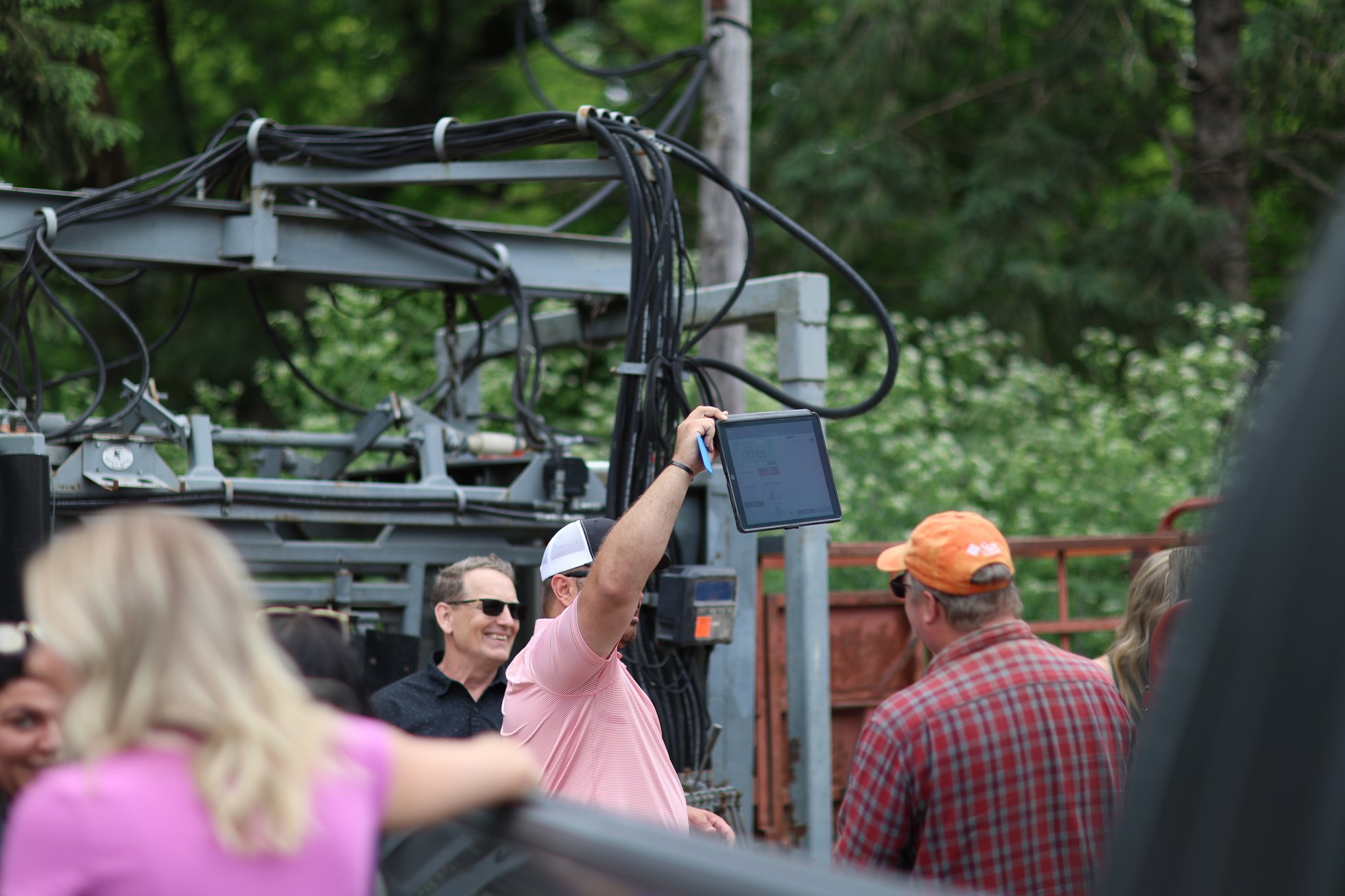There’s an app for almost anything these days. But you can probably count on one hand the few that truly make a difference in your life or business.
Building and maintaining effective, user-friendly ag software requires diligence, discipline and determination.
Following his roots
Just ask Paul Gray, one of the original developers of the Performance Livestock Analytics (PLA) Performance Beef software. Paul took a roundabout path to the agricultural technology company’s door. After growing up in Iowa on a modest mixed farm, he earned a college degree in applied mathematics, completed his doctorate and worked in academia before transitioning his life’s focus.
“My heart was still in rural America,” Paul says. “At the same time, PLA was looking for my expertise. Everything about the role being offered resonated with what I longed to return to. The stars aligned to make it happen."

The partnership became a great fit. Today, Paul leads PLA’s research and hardware engineering team. He oversees development, hardware integration, testing and expansion of Performance Beef software.
Early excitement drives progress
During PLA’s early days, the Performance Beef software was small with fewer lines of code, but Paul saw that the company was dedicated to expansion.
“We wore all kinds of hats,” Paul laughs. “The front-end developer, the database designer, server worker, scriptwriter and the person putting it all in place and patching it together. It was exciting to try new things that worked. Like puzzle pieces, our creations came together and took form. At the same time, its rigidity and resilience promised it would be solid for years to come.”
It wasn’t easy, but Performance Beef rewarded Paul’s optimism over time.
He explains the steps to building software stacks – the mix of components that come together to create the platform – are complicated and begin with multiple conversations revolving around needs, desires and appearance.
“It starts with a bunch of pencil pushing, both in the traditional, keyboard and virtual canvas sense,” he says. “If you can’t write down the details, you can’t develop a program to solve them. If you can’t visualize the process, you can’t create software to carry it out.”
Before any code gets developed there’s much to organize. The team must work through numerous considerations, starting with required data, whether it’s handwritten chuteside notes, inventory weights, loan rates or futures. Work then shifts to the data that producers need, including visualizations, analytics, financials, efficiencies, intakes and insights.
“An abundance of scrutiny follows, taking the user from data input to desired outcomes,” Paul says.
Getting to the heart of the matter
As the software stack takes shape, developers incorporate tweaks and updates that require a storyboard approach, breaking down what makes sense, what’s needed and how well it integrates. The team assesses what the user will click on and how data is gathered and rendered.
Next, developers hook the storyboard pieces with the software’s internal stack. Team members outside of engineering who work with customers daily provide feedback, consider support needs and add marketing perspectives.

“Adding a small tweak to the Performance Beef platform might seem like a small task, but if carried out hastily, new features can be as out-of-place as a five-weight Holstein in an Angus finishing pen,” Paul says. “From the 10,000-foot perspective, any changes involve a team of teams working together, each striving to make the user experience valuable and intuitive.”
An accepted rule attributed to expert programmer, Tom Cargill of Bell Labs, claims 90% of development time is spent on the last 10% of each project.
“Performance Beef initially evolved at a rapid ‘put your head down and plow through it pace’,” he explains. “After the early productive rush, we scrutinized everything with a fine-tooth comb. Today, every request or snafu is addressed before they become pitfalls and bring everything down.”
Diligence and data management drive long-term success
Paul says the largest roadblock to progress is the massive volume of data the system records daily.
“It’s eye-opening,” he says. “Millions of animals rotate through, and their data never shrinks or is forgotten. From 2017, each group’s stats, ration makeups, load ingredients, amounts fed and pens delivered are maintained for every customer. The data accumulates over the years. Plus, it needs to be quickly available to users and scaled even higher as we grow.”
Paul believes PLA’s diverse team of remote-working developers from California to Massachusetts and Arizona to North Dakota excel in making Performance Beef what it is today.
“We’re doing what we enjoy,” he says. “Because of this, each coder’s personality shines through in our software, giving us all a tangible piece of ownership. Seeing our efforts folded into Performance Beef drives our excitement.”

CHECK OUT PERFORMANCE BEEF FOR YOURSELF
Our digital demo walks you through popular functions in our app, helping you visualize how it can easily become part of your day-to-day tasks.

